Past and Present: The Corner of Red Hook Lane and Livingston Street, Downtown
A look at Brooklyn, then and now. New York City changes so rapidly. Buildings can literally be here today and gone tomorrow. We pass sites that are either big holes in the ground or construction sites, and think “What was here before?” I was downtown only a few weeks ago, and was shocked to see…
A look at Brooklyn, then and now.
New York City changes so rapidly. Buildings can literally be here today and gone tomorrow. We pass sites that are either big holes in the ground or construction sites, and think “What was here before?”
I was downtown only a few weeks ago, and was shocked to see the corner of Red Hook Lane and Livingston Street had lost its buildings. I especially remember the corner building, festooned for the past number of years with the map-like artwork of artist Steve Powers.
Red Hook Lane is the last remnant of one of Brooklyn’s oldest roads. Like many of Brooklyn’s original streets, it was a trail used by the Canarsee people who lived here centuries before the Dutch and English showed up.
In Colonial times, Red Hook Lane connected the town of Brooklyn to the shores of Red Hook. It was a major transportation road, one used by both the Continental Army and the British during the American Revolution.
By the end of the 19th century, there wasn’t much left of the Lane, only a one block oddity allowing people to take a shortcut to Fulton Street.
People lived here, especially in the days when Livingston was still a quasi-residential street.
Google Maps
Architecturally speaking, the building on the corner was the most interesting of the four buildings that recently stood here. It was wider on the Livingston Street side, hugging the Lane as it tapered down in the back. The other three buildings were normal rectangular lots.
In 1880, the map shows a triangular sliver of land next to four rectangular lots, on Livingston. Seven years later, the corner building was either new, or rebuilt to fill out the lot. All of the buildings on this end of Livingston were still dwellings, as were several across the street.
1887 Map, New York Public Library
By 1904, the Board of Education building at 131 Livingston had been constructed; an L-shaped building that had entrances on both Red Hook Lane and Livingston Street. That building, albeit much altered, along with the early 20th century storefront building next door, at 129 Livingston, is all that now remain.
1904 Map, New York Public Library
Naked Running on the Roof Leads to an Unfortunate Fire
In 1896, the upstairs apartments in the corner house at 117-119 were a boarding house belonging to Mrs. C. Southard. That year, one of her boarders, a 75 year old man who was suffering from dementia, lost his mind. He lived on the top floor in a furnished room.
He was found running around on the roof naked that May day, and had to be taken into his room. He was left alone, and he apparently soaked himself with kerosene and set himself on fire. The entire top floor of the building burned before firefighters could put it out. Nothing recognizable was left of the old man.
Unfortunately, Mrs. Southard’s fire insurance had run out the day before, and she hadn’t had an opportunity to renew it. The damages were said to be in excess of $2,000, a fortune at the time. Her troubles did not end there, a year later, her husband Walter died, at the young age of 44.
The storefront under the boarding house was offered for rent in 1925, as seen in an ad in the Eagle. This could have been an auto showroom, had a tenant so wished. The Elks Club mentioned was 110 Livingston, which became the Board of Ed in later years, now apartments.
Brooklyn Eagle ad, 1925
Convenient to Brooklyn Heights
Next door, at 121, the Brooklyn Training School and Home for Girls had one of its early headquarters here, in 1896. They later built a large facility in Crown Heights, as told in several Walkabout pieces.
The Livingston Street address was a convenient place to have board meetings and fund raisers, as much of the charity’s membership and funding came from nearby Brooklyn Heights.
125 Livingston was for sale or let in 1874, helping to date this row. The house was soon offering rooms to boarders.
Photo by Scott Bintner for PropertyShark
A Death and Giggling Girls
One of those boarders, E.S. Derry, made the papers in 1889. Unfortunately for him, it was upon the circumstances of his death. He was found dead in his chair at the bar of his favorite saloon. Only moments before, he had complained of not feeling well.
In 1908, the landlady of this boardinghouse heard giggling coming from behind the door of a room she had rented to a man. She called the police, who found two pretty girls in their 20s in the room.
They told the officers that a “kind gen’lman” had found them wandering around without a place to stay, and offered his room. But the man never came back.
They were arrested and take to the police station, as Mrs. Green, the landlady, did not want them hanging around her house. There was no follow-up as to what happened to them, or what was really going on.
Photo from Google Maps
By the 1920s, it seems that 123, 125 and 127 had been replaced with newer buildings, with different fenestration and an extra floor. 125 now had an optician on the ground floor. Mr. A.M. Shutt advertised this as “his new building.” A new millinery salon opened upstairs in 1930.
Mr. Dallet Bliss lived at 127 Livingston in 1867, when the building was still a private home. His home was broken into, via the basement door, but the would-be thieves were frightened off by something and did not steal anything.
The house became a boarding house like all the rest throughout the remainder of the 19th century.
Brooklyn Eagle ad, 1917
White’s Restaurant and a Fur Salon
In 1926, the site became the Brooklyn home of White’s Restaurant. Mr. Joseph White already had a successful branch in Lower Manhattan. White’s advertised in Brooklyn Life frequently in both 1927 and 1928.
In April of 1929, furrier Axel Theisen relocated his fur salon to 127 Livingston. He had been in business for over 20 years, further down Livingston Street.
An article in Brooklyn Life, the Eagle’s separate society paper, noted that the building was being renovated to accommodate Theisen’s growing business.
Brooklyn Eagle ad 1929
The fur salon occupied the building from 1929 through 1933, much longer than expected during the Depression. But by 1933, the ads stopped, and new ads for a plumbing company selling oil burners replaced them. In 1936, the building went into foreclosure, and was sold at auction.
In subsequent years, all kinds of businesses and offices filled the bottom two floors of the Livingston Street buildings, while tenants still lived in the upper three floors. But in recent weeks, they all came tumbling down.
Photo by Suzanne Spellen
What is going up next? An office building? A condo tower? I’m going to miss the corner building, and the subway map of modern emotional states entitled “All is fare in love and Brooklyn.” Hopefully, the next building won’t be one of the words on Steve Powers’ work – “Meh.”
Photo from McBrooklyn


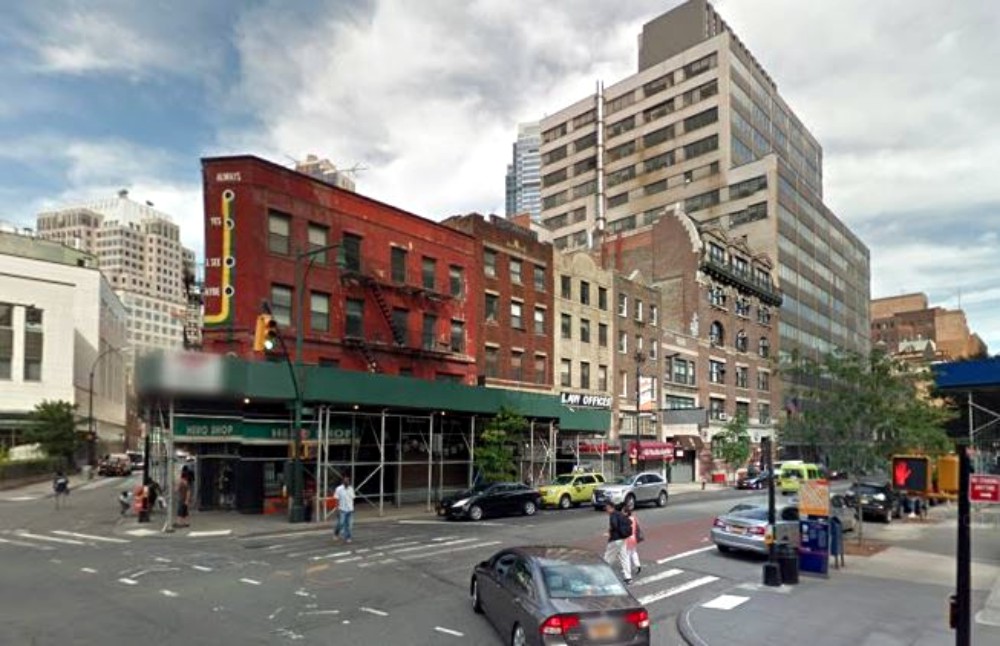
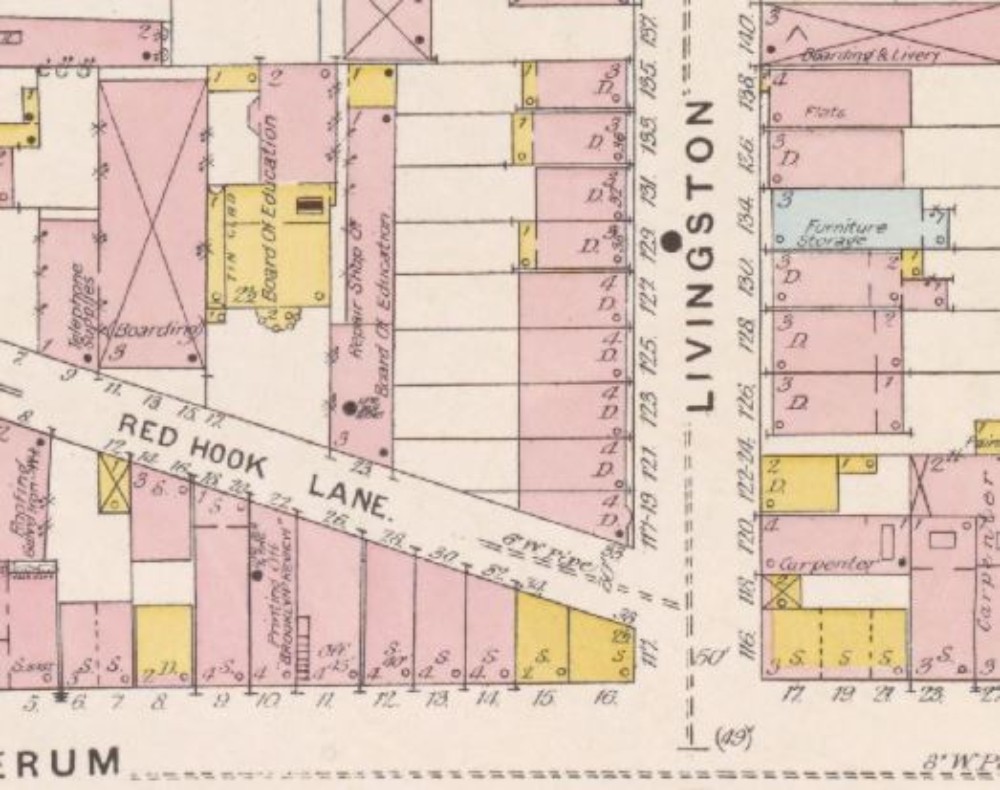
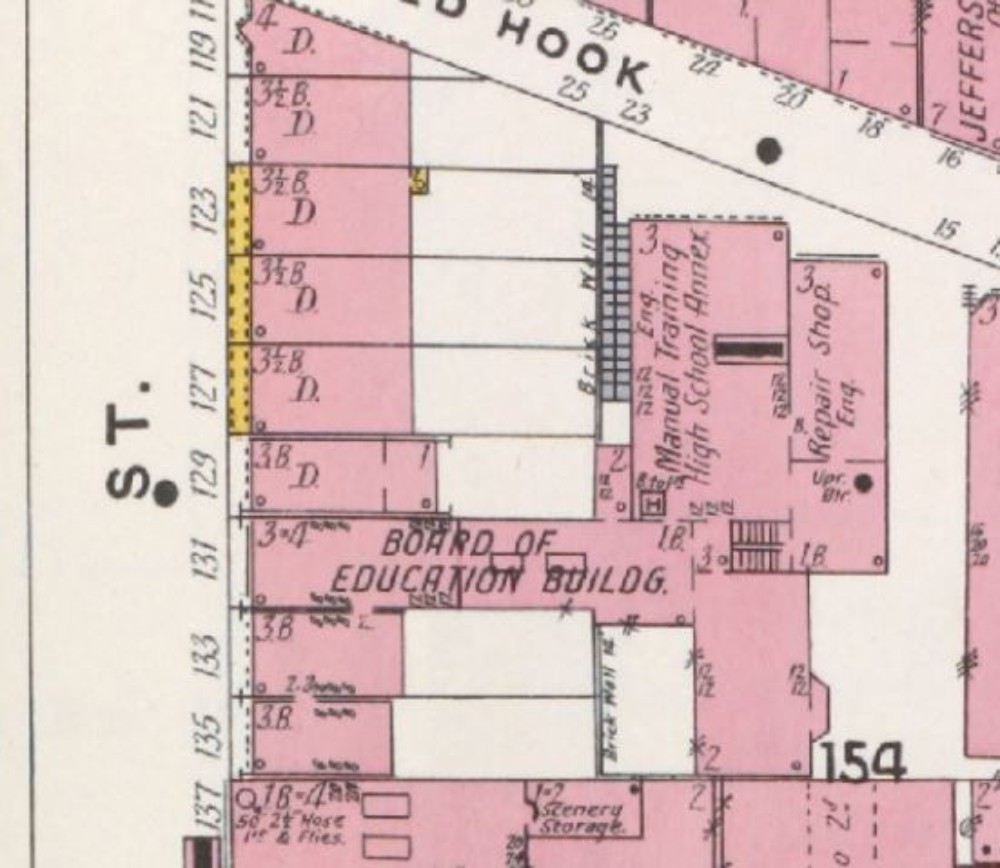
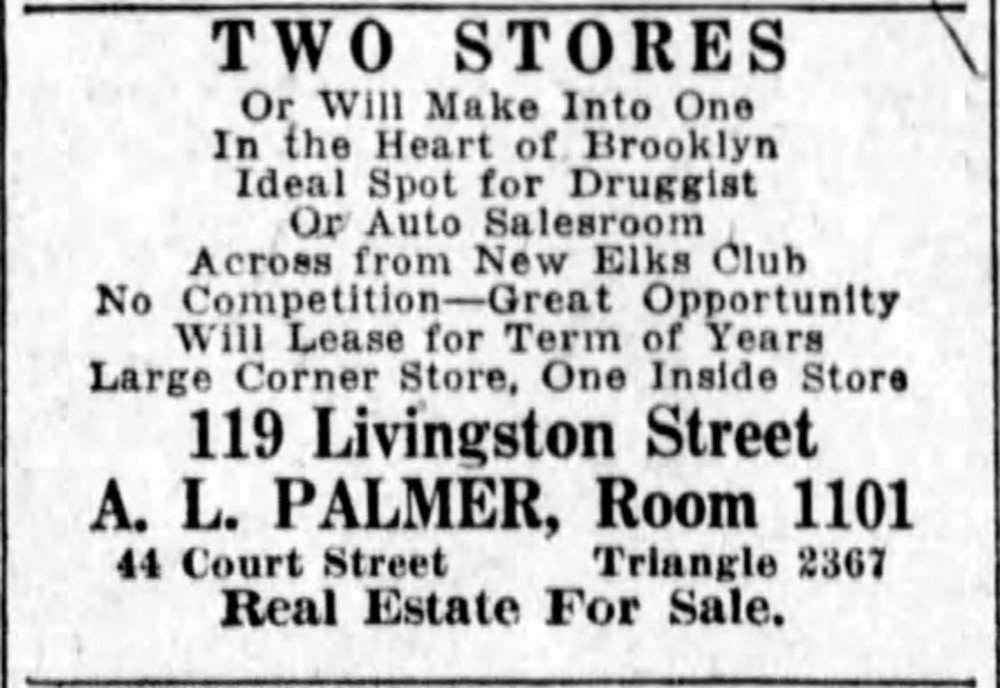
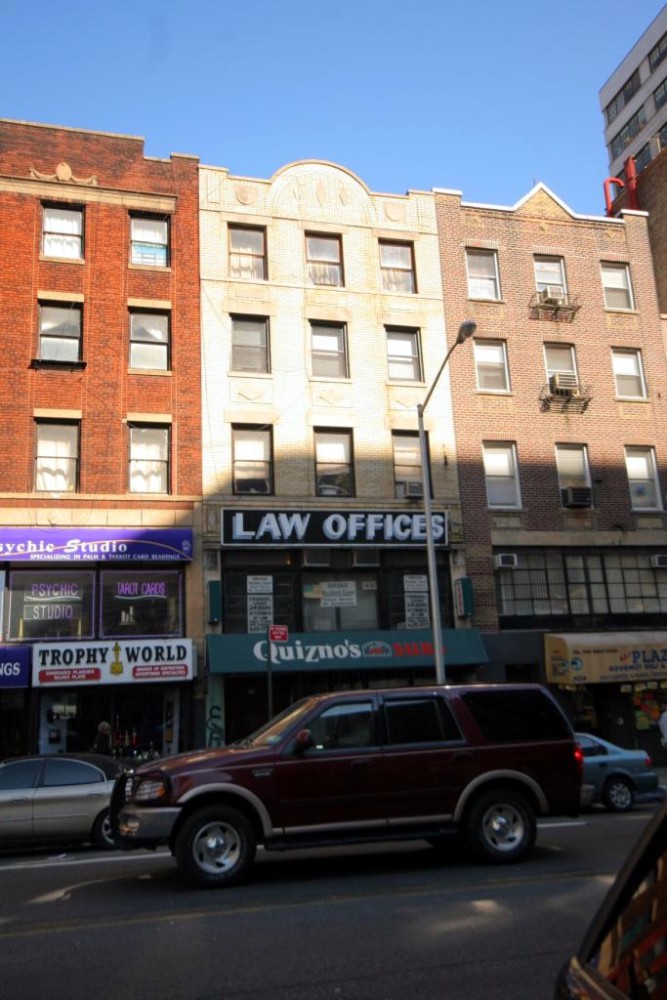
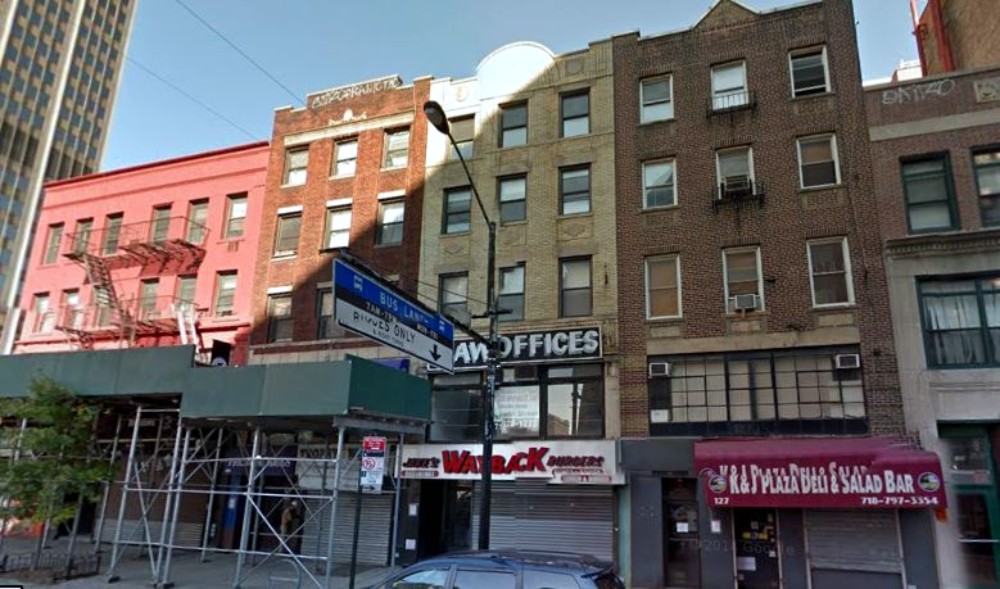
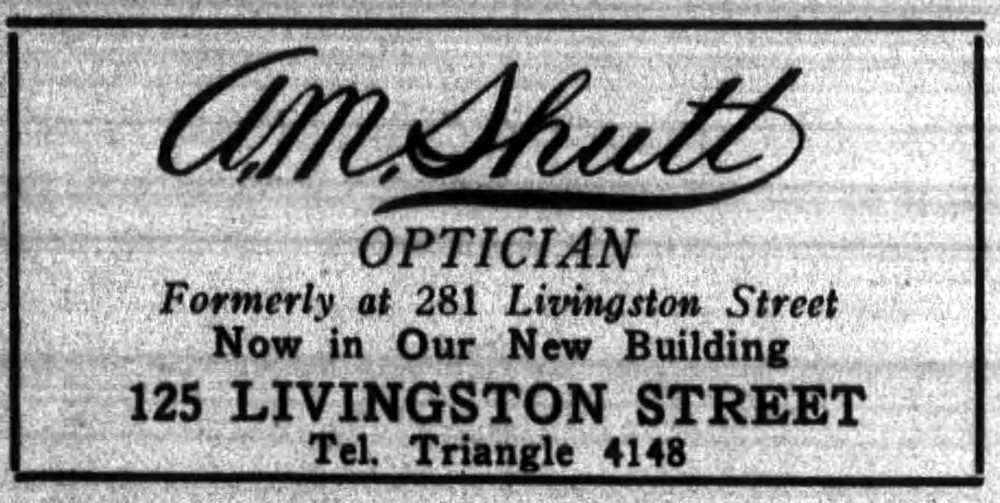


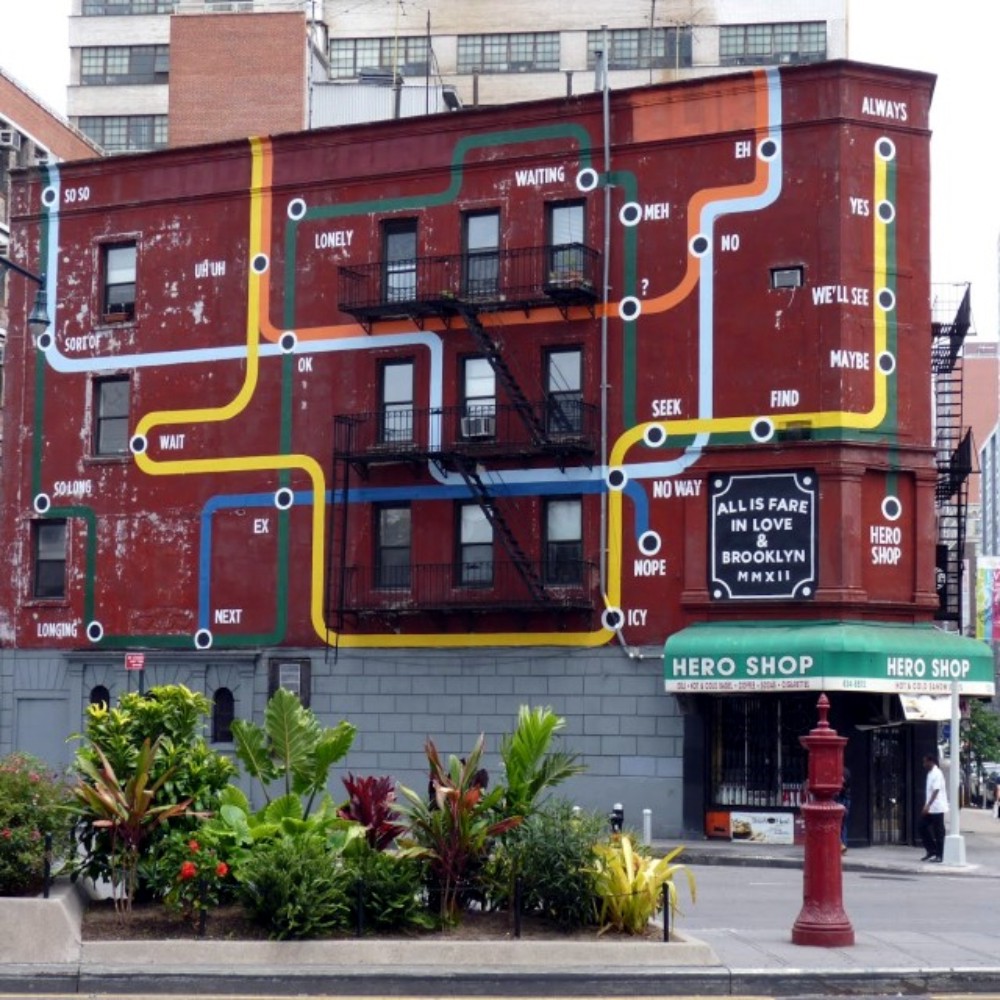
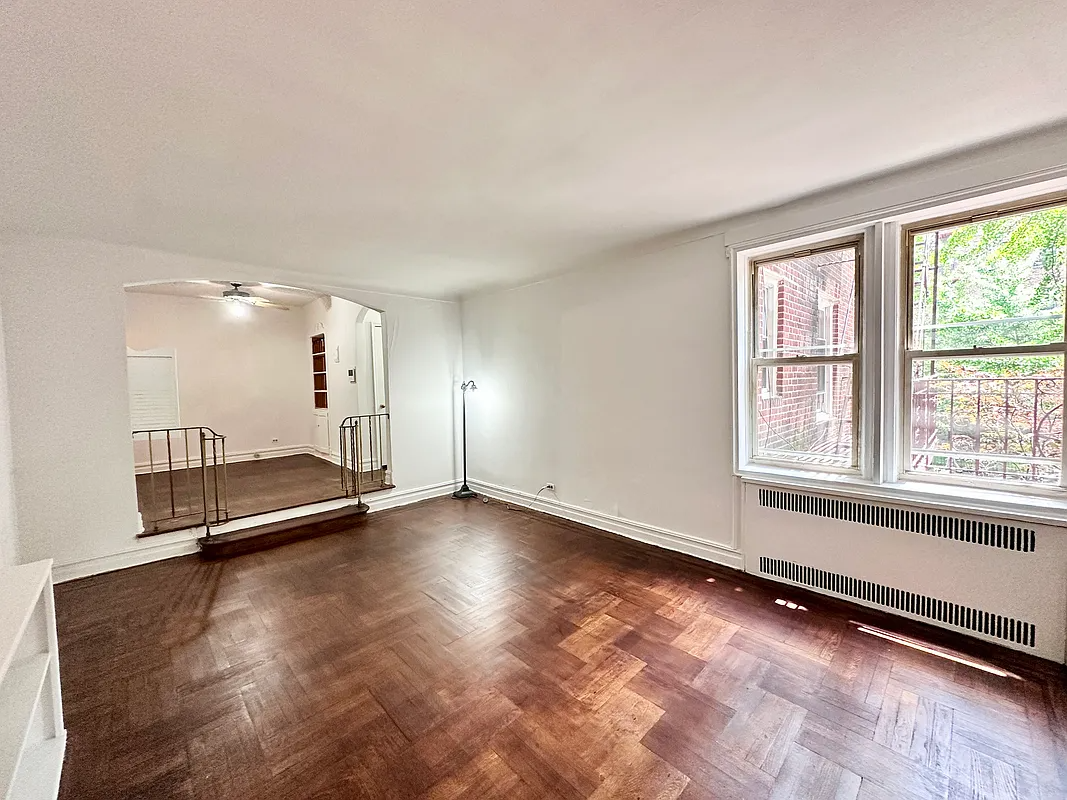
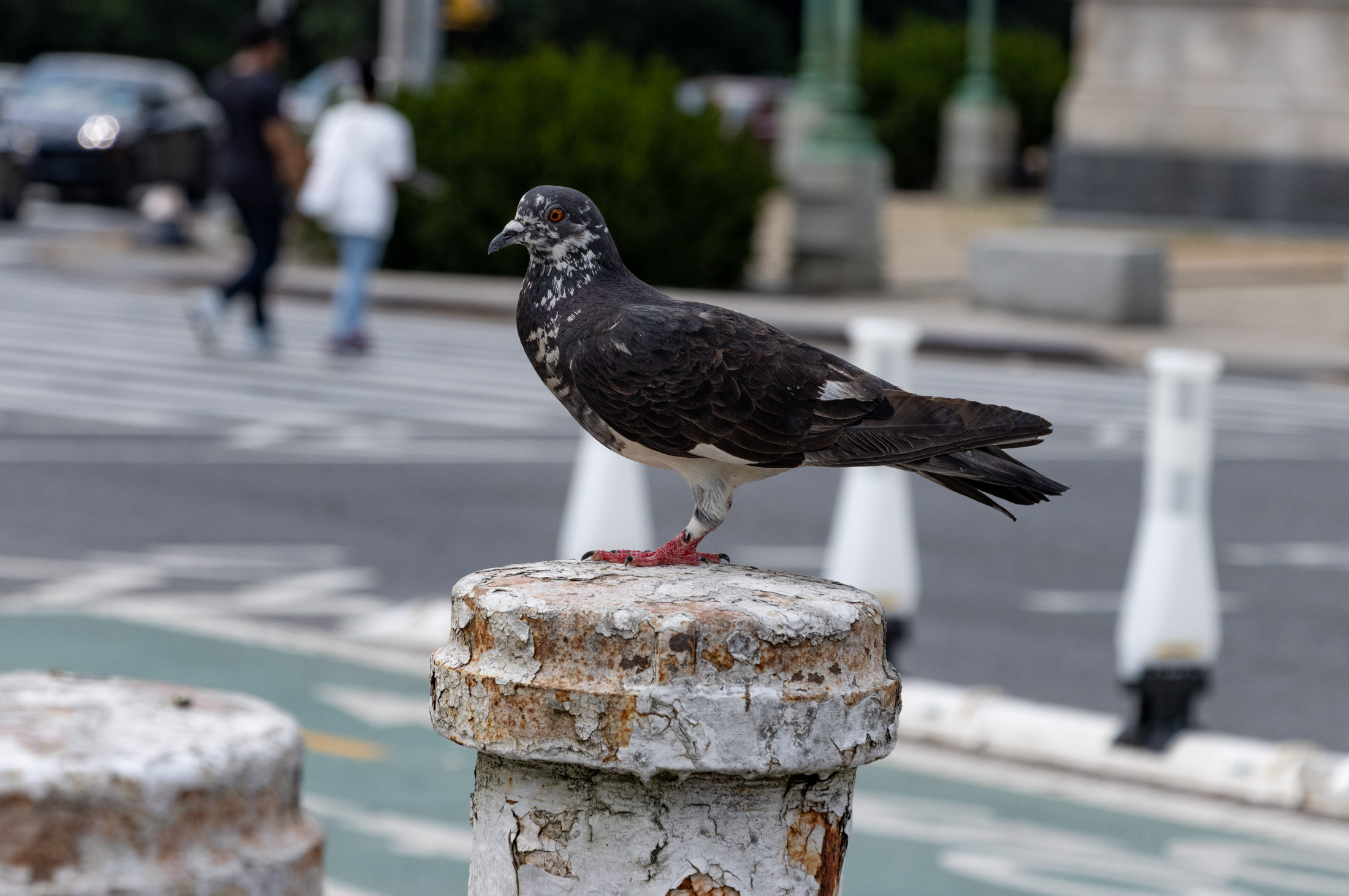
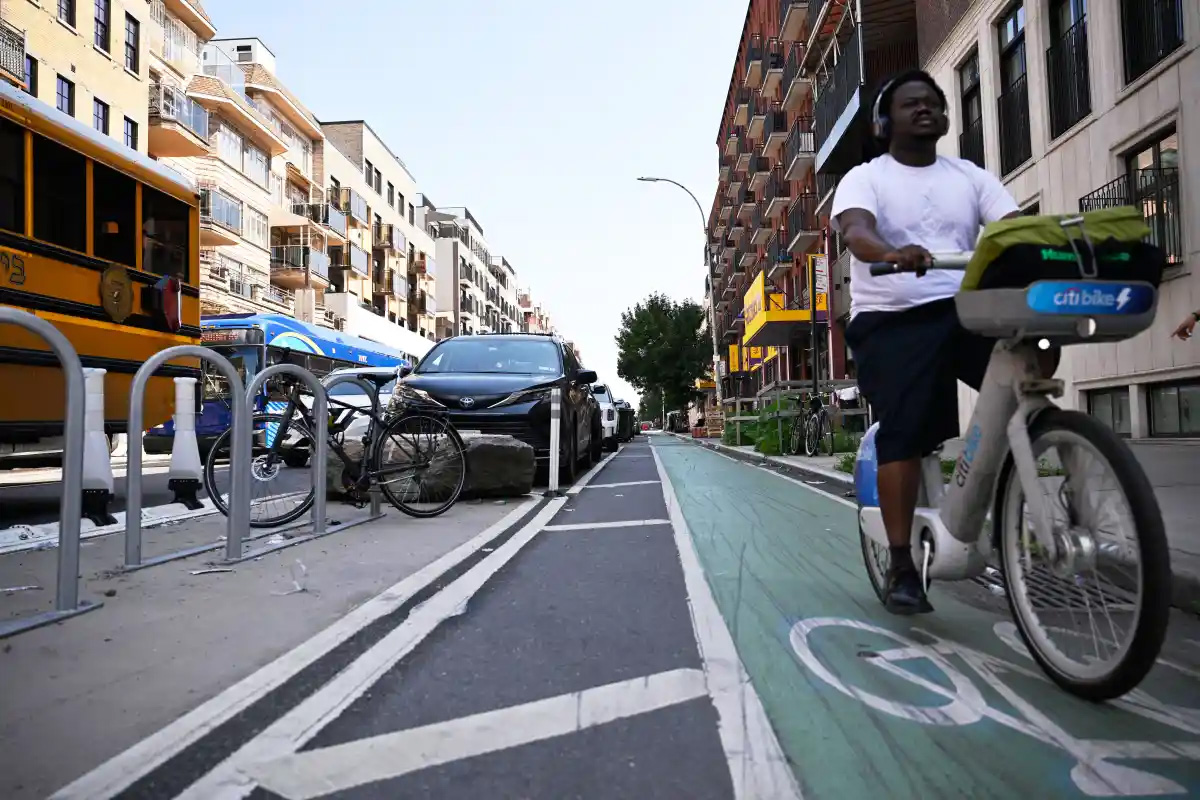

Just one thought. I rememberreading several years ago that the Lane was itself going to be de-mapped and the roadway bocome a part of a new development. Is this stil in the works – and will the last remnant of this street disappear for all time?